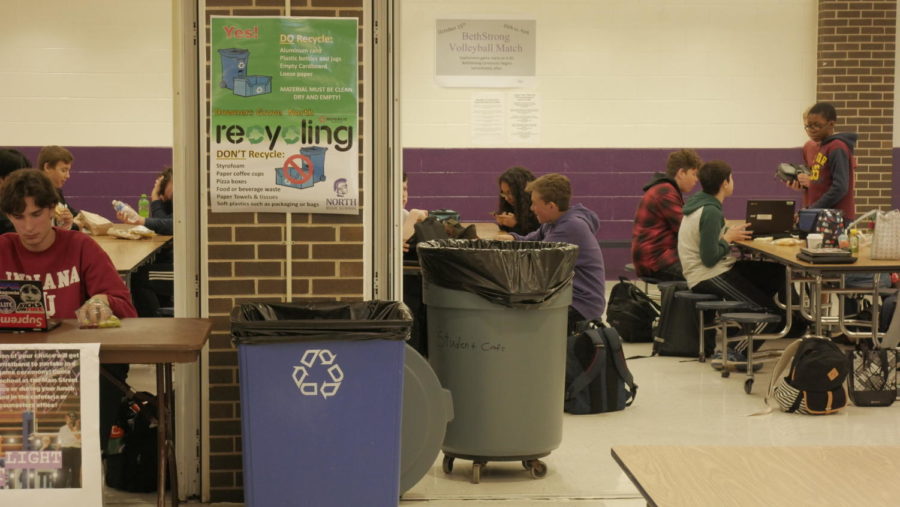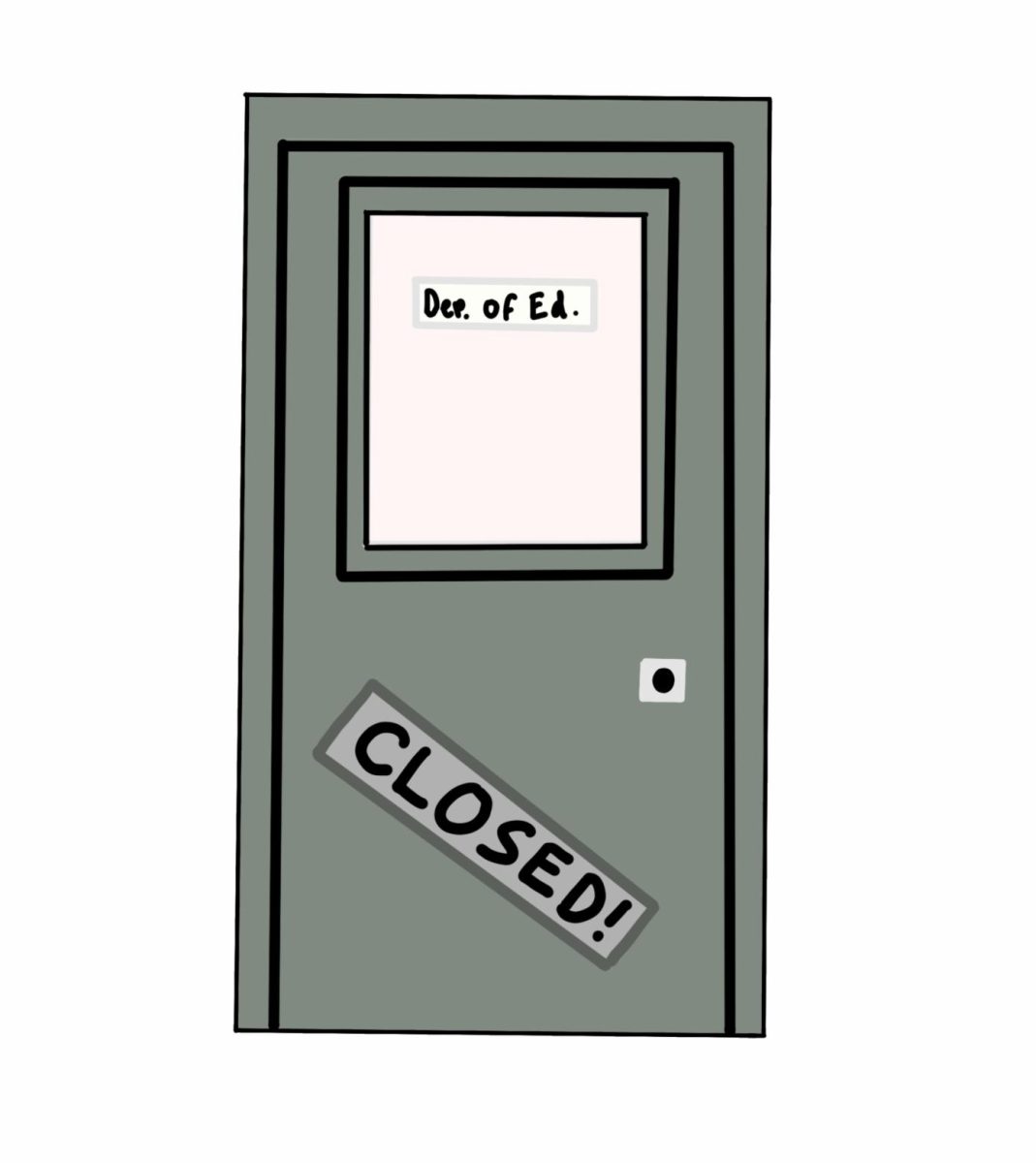Construction prompts change in DGN recycling policies
REDUCE, REUSE, RECYCLE: posters put up around the cafeteria display how to recycle properly.
October 22, 2019
As DGN develops the Master Facility Plan, topics of sustainability and recycling have been pressing on many administrators. The American Federation of Teachers estimates that schools generate, on average, 4.7 pounds of waste per student per day in the United States.
DGN switched to a mixed recycling system earlier this year, which makes the process easier as more items can end up in the recycling bin.
“This year we went to a single 30-yard compactor for all recyclables making it easier for everyone to participate and manage as there is no sorting required,” Buildings and Grounds Director Michelle Cannan said.
Three new recycling bins have been placed in the lunchroom. Whether students recycle the proper materials poses a challenge.
“Unfortunately, we continue to have non-recyclable materials thrown into the recycling containers which contaminate the rest of the recyclables in that bin,” Cannan said. “If we catch it before it goes into the recycling compactor, we can throw that away as garbage. If we don’t catch it, then the entire compactor is contaminated and treated as, collected and charged as waste.”
DGN’s Women in STEM club has made attempts to correct this issue in the past. The club created posters that accompany recycling bins in classrooms and depict what should and should not be recycled. Women in STEM sponsor and science teacher Jacquelyn Weishaar thinks updates are needed to continue spreading awareness among students.
“Teachers enjoyed [the posters] and they had them laminated and asked for multiple in their room in the appropriate spots, but I think it’s time for an update because I think that many students are still using the recycling bin like a garbage can,” Weishaar said.
The new recycling bins are accompanied by updated signage distributed by Republic Services that demonstrates what can and cannot be recycled. Plans are also in place to create a recycling themed mural on the construction plywood in the cafeteria.
Both Weishaar and science teacher Steven Ruffolo see a potential compost system significantly lessening the amount of DGN’s waste in landfills.
In past years, AP Environmental Science (APES) classes have conducted waste audits, where classes gather and sort trash from the cafeteria. The data generated from this process allows the class to illustrate what DGN’s environmental footprint is compromised of.
“The biggest take away every time has been the large portion [of cafeteria waste] that has been compostable. So, over 50% for sure, sometime as high as 70% of the waste that we’re generating in our lunchroom could be funneled through a composting operation rather than all of it going in the trash which goes to a landfill,” Ruffolo said.
The topic of compost not foreign to DGN administrators, who are open-minded but recognize potential challenges with the system.
“We have talked about the possibility of adding composting in our new cafeteria spaces. This, of course, would require additional oversight, procedures, logistics, and education,” associate principal Dr. Ken Sorensen said.
Ruffolo stated that the future of sustainability is about more than recycling and composting.
“Well recycling is just a piece of it, and to live as sustainable as possible we just have to look at what we are doing as a society, as yourself. Is that something that, could my grandchildren or future generations be doing what I’m doing now?” Ruffolo said.


























